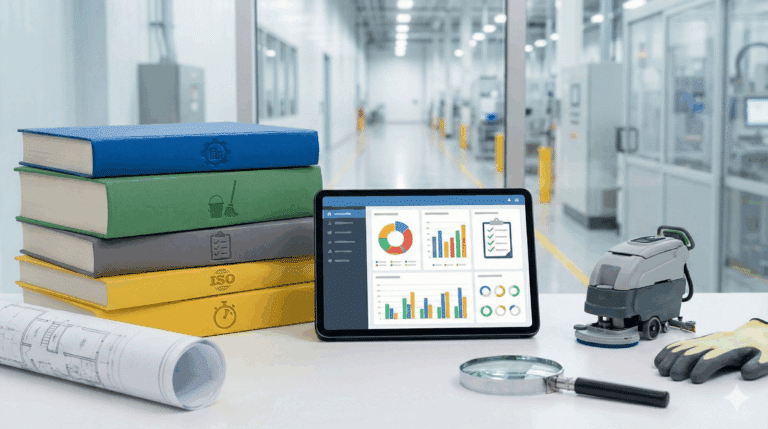Who hasn’t completed a survey at least once? From offline surveys (on paper forms) for population censuses, to digital questionnaires which became popular in different platforms since the arrival of Internet, these old data collection techniques are still as popular as ever both on a corporative level and on the public sector.
The digitalization of surveys has provided great advantages in relation to traditional offline surveys. They can be transmitted to thousands of potential respondents simultaneously, they can reduce costs between 25 and 40%, they can be highly customized, they can increase participation levels thanks to their attractive look and agility, and it can reach selected audiences.
Offline surveys haven’t disappeared though, and they have found a place provided by new technologies to stand out on their own merits with advantages that online surveys can’t cover -even after becoming the most popular choice in all areas.
In the United States, for example, survey research is rapidly moving online – it’s cheaper, faster, provides greater flexibility in questionnaire design, and often has substantial advantages in data quality compared with phone surveys. Web surveys are being adopted in all sectors of the industry, from marketing to the U.S. Census Bureau’s American Community Survey to election polling.
“That makes it increasingly important to assess the accuracy of these surveys. Surveys that include only those who use the internet (and are willing to take surveys online) run the risk of producing biased results. And, in fact, a notable share of Americans either cannot or will not complete a survey via the internet”, points out Pew Research Center.
Apart from the problem of reliability, since it’s possible not everyone we must survey has Internet access, having control over the informants is also complicated (How to avoid having the same person answering the same survey twice? How to make sure the chosen person is part of the group of people we want to contact?, etc).
So, what is the contribution the new offline surveys available for smartphones can make to complement the digital surveys? Let’s see some of its main advantages..
1. They don’t depend on connectivity
All-use offline surveys allow companies and other organizations to pick up this information from a mobile device not connected to a server, Internet or mobile data services. But what happens to the data if the Internet is unavailable or the server is down? The responses will be submitted once a connection is established, avoiding the loss of data.
2. Data collection from any location
Offline survey forms allow collecting information with a tablet or a smartphone from outside the city and remote locations, or administrate marketing surveys in bars, shoppings, or even public transport. Possibilities are endless.
3. For web, iOS and Android
Most of the new modalities of offline surveys are available for several operative systems: web, iOS and Android, and making them accessible to any user who needs these tools 24 hours a day and anywhere he may be.
4. Richer contents
The interviewer can include extra contents while sending the survey, such as pictures from the location, including the firm, the GPS location and the time to check its veracity.
5. They are also online surveys!
The main advantage of the most recent versions of offline surveys is that as long as they have Internet connection or access to mobile data services, they can submit survey results in real time.
Just like an online survey, but from any location the user is!
Offline or online, it’s important for every organization to choose the best alternative and which adjusts to their objectives. Only each one of them knows what kind of survey they need and how to apply them effectively.
Download the DataScope app and start now!
DataScope is a platform which allows various industries to streamline, organize and evaluate the work of their field staffs thanks to its mobile forms which provide real time indicators 100% adaptable to any field.
With DataScope, your team can answer custom mobile forms from their phones or tablets, online or offline, through the app.






